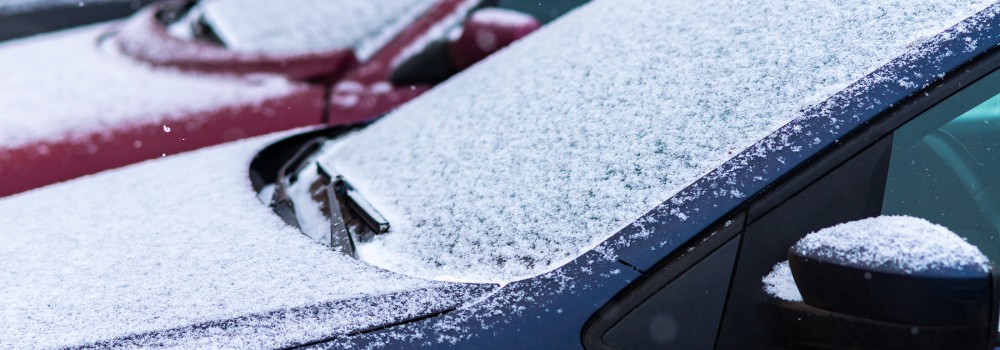Freezing point of vehicle antifreeze and engine coolant
After the festivities of the Christmas season and the novelty of the new year’s arrival, it’s time to shift our focus towards winter safety. This includes both us as humans and our vehicles, as cold, borderline frigid temperatures can wreak havoc in the worst conditions.
All vehicle types in continental climates such as ours in Colorado are outfitted with antifreeze-laced coolant, which is meant to ensure that your engine will keep running no matter what the temperature reads, but there are always exceptions. Today Carville’s Auto Mart will show you the freezing point of vehicle antifreeze and engine coolant, so that you can see when it’s a good time to just stay inside. Be safe!
Chemical makeup and temperature extremes of engine antifreeze
The next time you’re in for an oil change, your mechanic will probably also take the liberty of filling your coolant tank back up with fluid that includes antifreeze. This compound consists of as high as 70 percent glycerol, which is a chemical that’s designed to help with viscosity and lubrication, especially in the context of your engine.
There comes a point, however, where even antifreeze can’t protect from a freeze. At -36 degrees Fahrenheit (that’s -38 degrees Celsius), antifreeze and coolant will start to solidify, making it very difficult for your engine to turn over. That’s something that we’ll probably never have to deal with in our part of the state, but it’s helpful to keep in mind for road trips to the mountains or Midwest, where climate extremities such as this are much more common.
Read More: What temperature will your engine start to overheat at?
Test drive a quality pre-owned vehicle in Grand Junction CO
Not all vehicles are created equal, however, and in bad weather conditions, larger engines (such as those housed in pickup trucks and larger SUVs) are likely to perform much better than their more compact counterparts. Contact Carville’s Auto Mart today to view our inventory and schedule a test drive!



